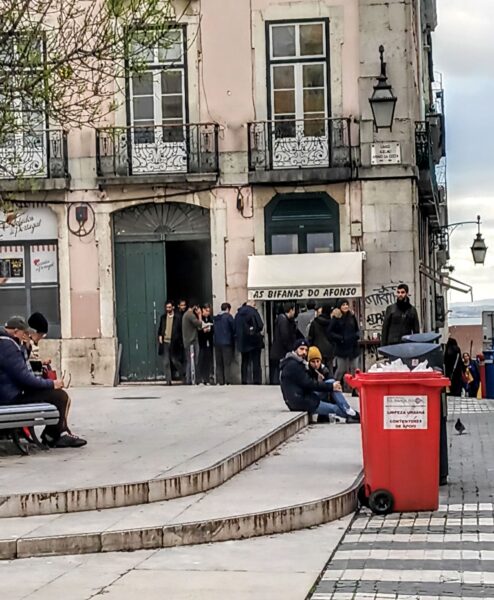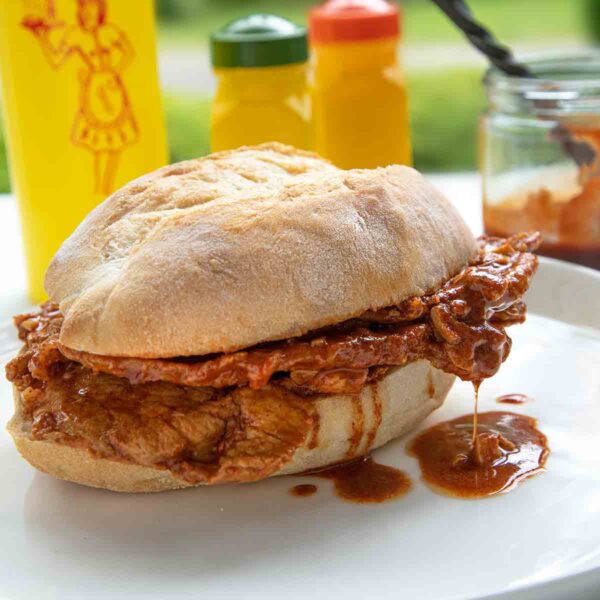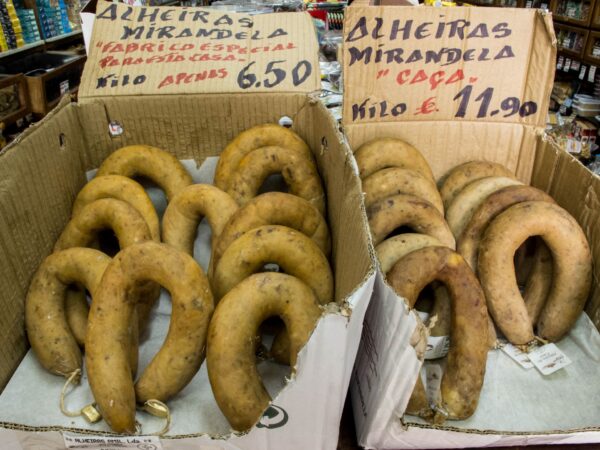You can eat if you are in the mood
We had two brief stops remaining on our food tour after we left Livraria Ler. Since neither will lead us to sampling some of the other dishes considered quintessentially Portuguese, I’ll use this post to provide a brief introduction to some of them. But first, a brief recap of what we’ve learned thus far.
Beginning in the late fifteenth century, Portuguese explorers could be said to have cross-pollinated the food world. By sailing around the Cape of Good Hope,

From my 2012 trip to South Africa and Zambia
Vasco da Gama opened a sea-based trade route between Europe, India, and east Asia breaking the monopoly of Arab spice traders in the process. His ships returned from his initial voyage bringing spices such as curry, cinnamon, cloves, nutmeg, and peppercorns. By providing an alternate source and competition this brought down their costs and made them more widely available. (However, over much of the sixteenth century, the Portuguese replaced the Arab monopoly with one of their own accumulating great wealth in the process.)
Other foodstuffs came to Portugal from these voyages – rice and tea from east Asia, coffee, broad beans, and peanuts from Africa, and maize, peppers, pineapples, potatoes, and tomatoes from the Americas. Having had a long history of adopting foods from other cultures (read invaders) such as wheat, onions, garlic, olives, and grapes from the Romans or figs, lemons, oranges, and almonds from the Moors, the Portuguese readily adopted these ingredients into their local cuisines.
But because the Portuguese were often integrating with local populations, the traffic wasn’t unidirectional. They introduced chilies to India, and tempura-style frying to Japan. They brought Brazilian peppers and cashews to Africa and transplanted African coffee bushes they brought to Brazil – presently the world’s largest coffee producer.
Now let’s look at a quintessential Portuguese sandwich, the
bifana.
If you travel to Portugal and think that the bifana is simply an ordinary pulled pork sandwich disabuse yourself of that notion. Although you are likely to find the sandwiches ubiquitous, there are significant variations in their preparation and quality. The basic elements common to all bifanas are marinated pork loin and a crusty roll called papo seco. You’ll also find it common (especially in Lisboa) to add yellow mustard, piri-piri sauce, or both. These last are up to you.
Each bifana vendor has their own secret sauce for the marinade but they all probably contain some combination of garlic, bay leaves, white wine, pork lard, olive oil, chicken stock, and white wine vinegar. In the south, the marinated meat is often grilled while in the north the meat is braised in the broth or simmered in it for hours. Curiously, one of Lisbon’s most famous bifana stands

A short line at As Bifanas do Afonso
prepares its sandwiches in the northern style. It’s possible that our tour didn’t include bifanas because we’d all indicated that we didn’t want pork. But if you eat pork, don’t leave Portugal without sampling bifanas.

(From leitesculinaria.com)
What the Jews hath wrought
If you were asked to describe a classic Portuguese sausage, it would surprise no one if your description closely resembled chouriço and that would, in many senses be accurate. However, there is at least a minority who might claim that, while chouriço is common and quite delicious, alheira is true royalty among Portuguese sausages. In the present day, many different meats can be found inside the casing of a product labeled alheira but this was assuredly not so at its origin.
In 1478, the monarchies of Aragon and Castille established the Tribunal of the Holy Office of the Inquisition commonly referred to as the Spanish Inquisition. By 1492, all Jews were expelled from Spain and some tens of thousands sought refuge in the neighboring country of Portugal where Dom João II granted them asylum (in return for their making a substantial payment to the royal treasury). João II died in 1495 and by 1496 his successor, Manuel I,

(From Wikimedia)
who was under pressure not only to to marry Isabella of Aragon but also to adopt the Spanish policy of expelling the Jews. Instead of forced expulsion he ordered their forced conversion in 1497. Though forced to convert, Jews were allowed to practice their faith privately for several decades. This tolerance wasn’t universal or universally accepted, however, and many of these “New Christians” were turned in to the authorities and subsequently expelled or executed. Some of these conversos adopted behaviors that made them appear more Christian.
One thing they could do to make themselves appear more Christian was to appear to adopt the eating habits of their neighbors. This included a heavy reliance on some type of sausage because without available refrigeration, meat from a slaughtered pig – that would be too much to consume in a short time – would be mixed with fat (lard) and seasonings and stuffed into some sort of casing – usually made from the intestines.
Jews, for whom the consumption of pork was forbidden, found a creative and ingenious way around this dilemma. They created alheira. Sausages were traditionally prepared in the home and hung to cure for a period of several days to a few weeks by fireplace which served as the fumeiro (smokehouse). The secret was that the spiced sausage hanging by the fumeiros in the homes of these converted Jews contained no pork. Instead they used chicken or sometimes other poultry that was supplemented by mashed bread, paprika and other seasonings, and lots of garlic. (Alho is the Portuguese word for garlic. Hence the name alheira.)

(From thecitytailors.com)
Go north you Jews
Despite their best efforts to appear Christian, secret Jews living in and near Lisboa lived in a more precarious position than their counterparts in the country (There was, for example, the infamous Easter Sunday massacre of between a reported 1,000 and 4,000 Jews in 1506 in Largo Sāo Domingos in front of the church of the same name.) so many Jews began moving to the interior of the country particularly Beira – one of the six administrative units of historic Portugal – and then even farther northeast to Trás-os-Montes, an area of the country which was historically removed from the rest of the national territory because of the difficult access to its rugged mountainous terrain.
We recently encountered this region for its Feijoada à Transmontana but the area also gave birth to Alheira Mirandela (seen in the photo above) which, in 2011 was named as one of the seven Maravilhas da Gastronomia (Seven Wonders of Portuguese Cuisine). Of course, today’s alheiras are considerably different from those created by the new Christians of the 16th century. For example, note also the word caça in red on the sign on the right above. Caça indicates the sausage contains game meat meaning it likely contains some non-kosher combination of rabbit and wild boar in addition to chicken. Some other 21st century alheiras will contain beef, veal, and even pork and lard. There’s even a seafood version containing bacalhau.
Some common ways to eat alheira
It’s not unusual to find alheira included in many of the soups and stews that are a regular part of Portuguese cooking. You can also find it in savory pies and scrambled egg dishes. Here are two preparations you might see in a restaurant.
Alheira com ovo e batatas
This is a whole cooked alheira served with a fried egg on top, french fries, and maybe a little side salad.

(From pratocaseiro.blogspot.com)
Alheira de caça
This version is often be served with sauteed turnip greens and boiled potatoes instead of fries.

(From evasoes.pt)
There’s still more food to explore and I’ll take you to the end of our tour in the next post.